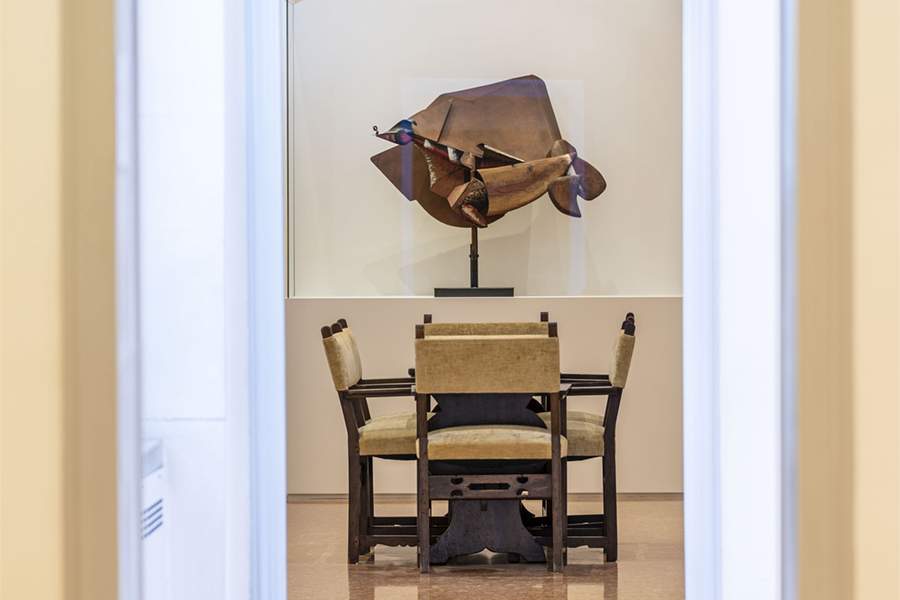Monitoring of environmental conditions, analysis of air quality and study of visitor flow are the main actions that characterize the study conducted by the National Research Council (CNR) thanks to the Institute of Cultural Heritage Sciences (Ispc) and the Institute for the Applications of Computation “Mauro Picone” (Iac) in collaboration with the conservation department of the Peggy Guggenheim Collection in Venice inside the halls of the historic headquarters of Palazzo Venier dei Leoni.
Last July, the air quality analysis campaign, carried out inside some of the rooms and display cases where the works are kept, and measurements on room occupancy, kicked off the collaboration between the Peggy Guggenheim Collection and the CNR. Thanks to the scientific expertise brought to bear by the CNR, it will be possible to arrange a preventive conservation plan to safeguard the artistic heritage collected by patron Peggy Guggenheim.
To date, the study of anthropic factors, related to the dynamics of visitor flows, conducted by Cnr-Iac, has been completed, analyzing the number of visitors per room, the time spent in front of some works and the routes followed. The study revealed some patterns that are not immediately visible, suggesting how to optimize the visitor path to improve the museum’s usability. The project also includes the monitoring activities of environmental conditions and air quality in some rooms, conducted by the CNR-Ispc, in order to study the main gaseous, organic and inorganic pollutants using passive samplers. The campaign currently underway to determine the main gaseous pollutants concerns the rooms in which some of the museum’s masterpieces, such as Vasily Kandinsky’s Landscape with Red Spots, No. 2 from 1913 and Jackson Pollock’s The Moon Woman, from 1942, are exhibited, as well as the display cases in which Umberto Boccioni’s 1915 sculptures Dynamism of a Running Horse + Houses and Jean (Hans) Arp’s Shell Head from around 1933 are kept.
The information obtained from the observation of gaseous pollutants will be correlated with the results of continuous monitoring of environmental parameters, thus temperature, relative humidity and CO2 concentration, and the number of visitors to the rooms themselves. It will thus be possible to characterize the environments, with the aim of arranging a preventive conservation plan to safeguard the works in the collection.
Photo by Matteo De Fina
 |
| Peggy Guggenheim Collection and CNR for preventive conservation plan to safeguard works |
Warning: the translation into English of the original Italian article was created using automatic tools. We undertake to review all articles, but we do not guarantee the total absence of inaccuracies in the translation due to the program. You can find the original by clicking on the ITA button. If you find any mistake,please contact us.